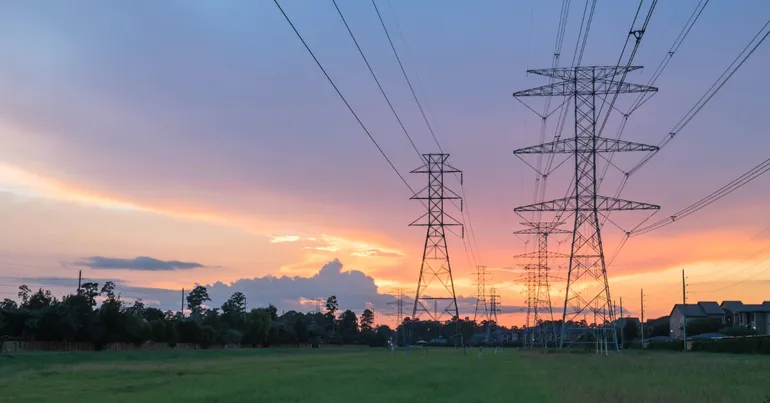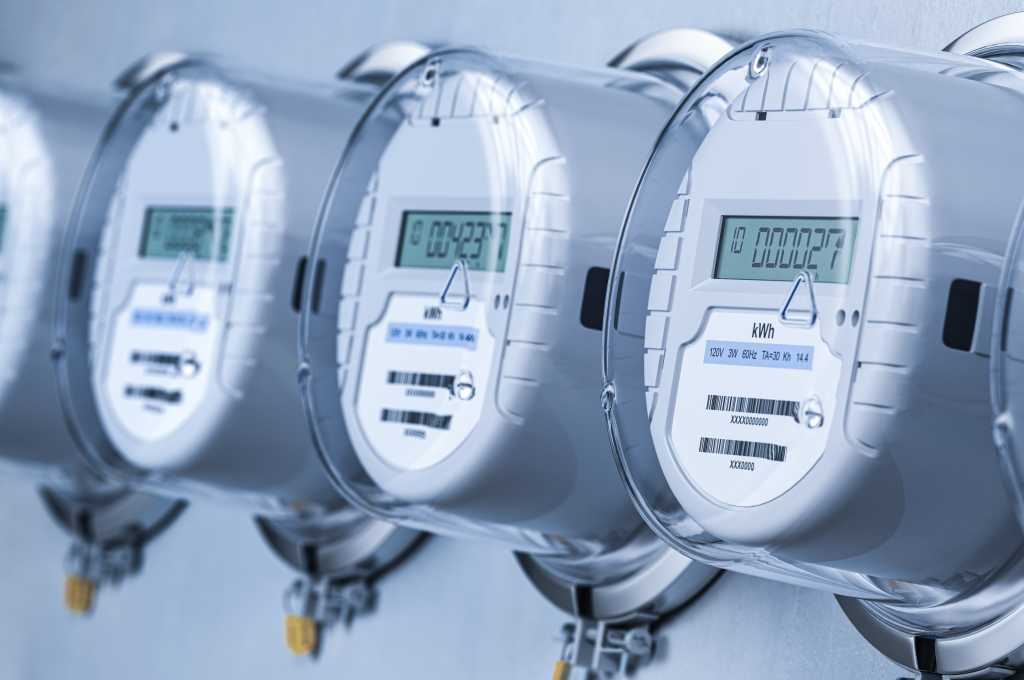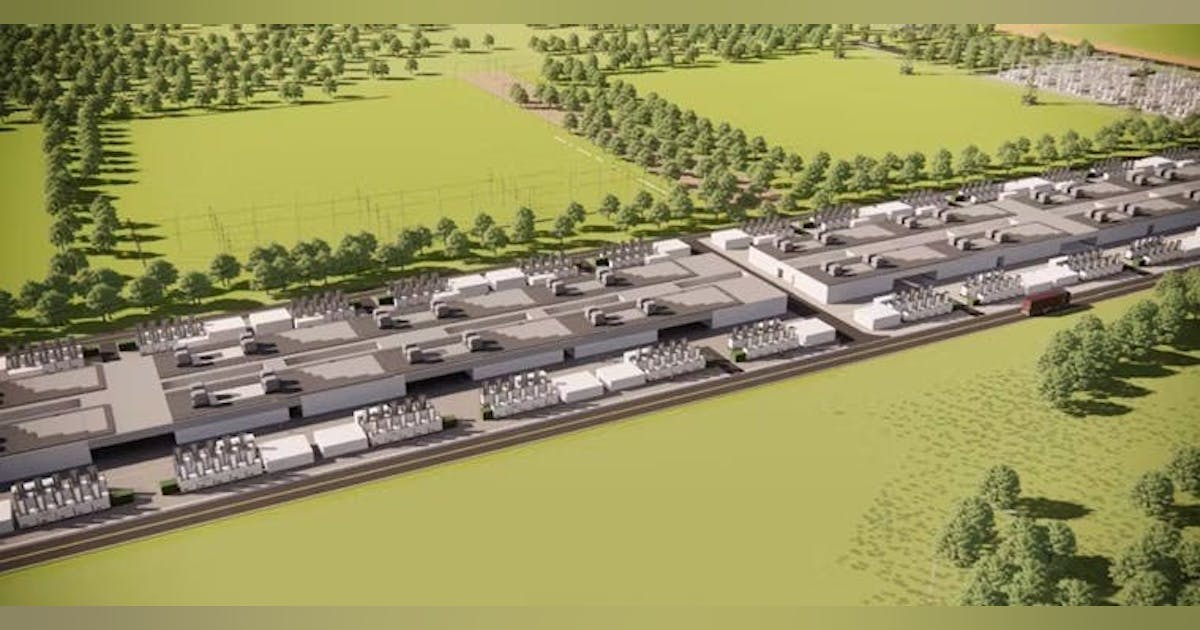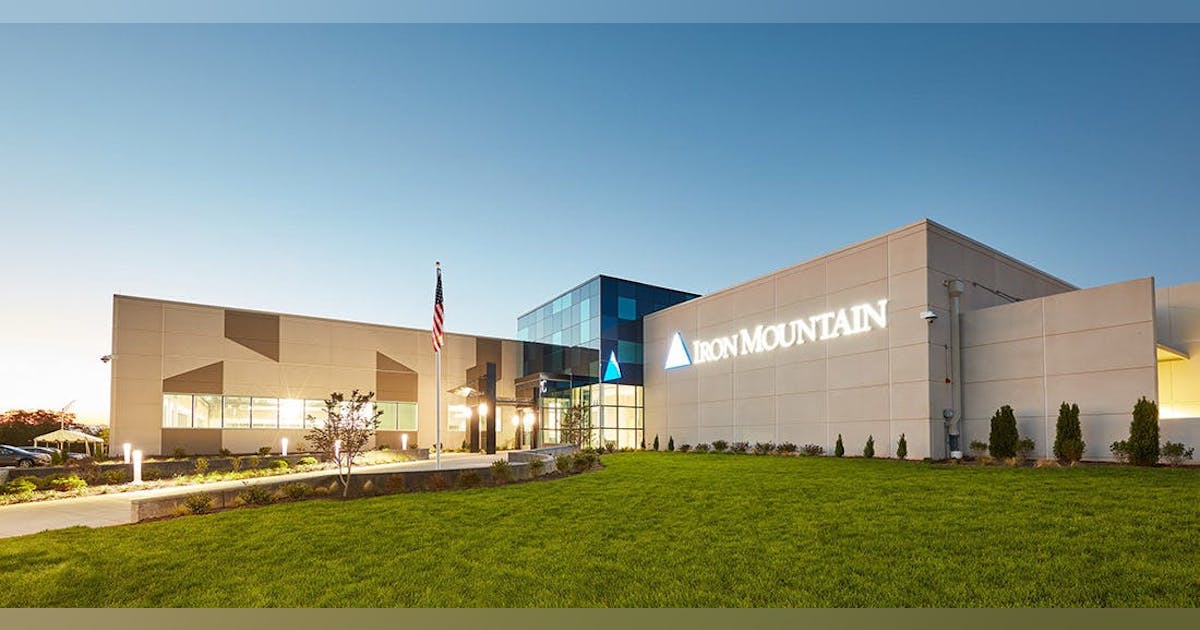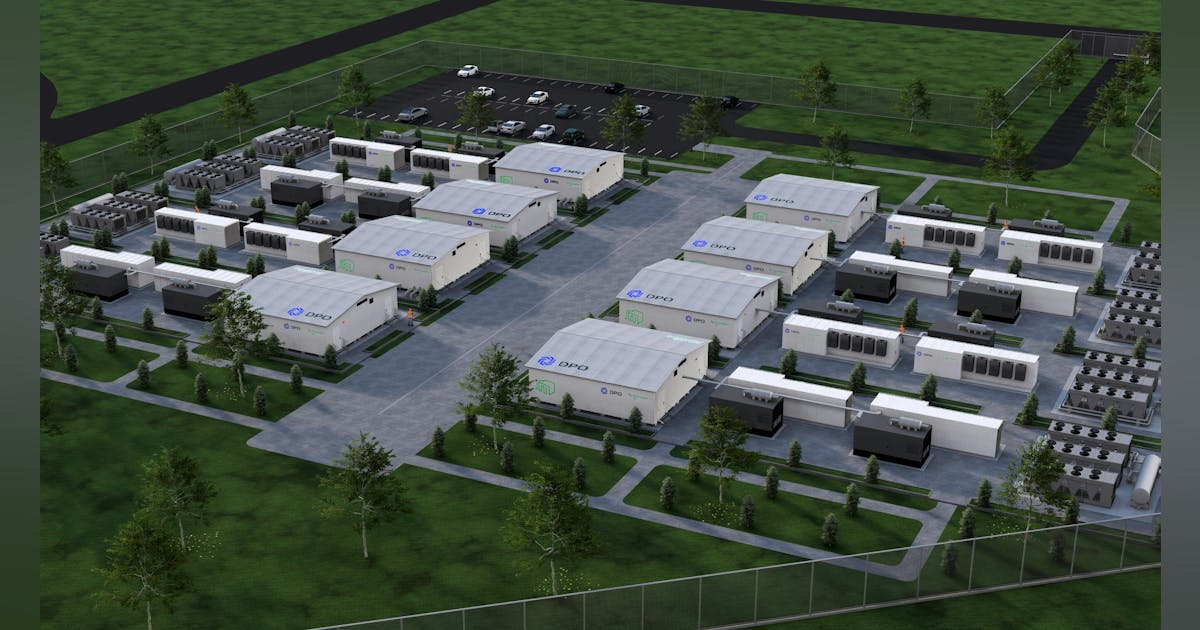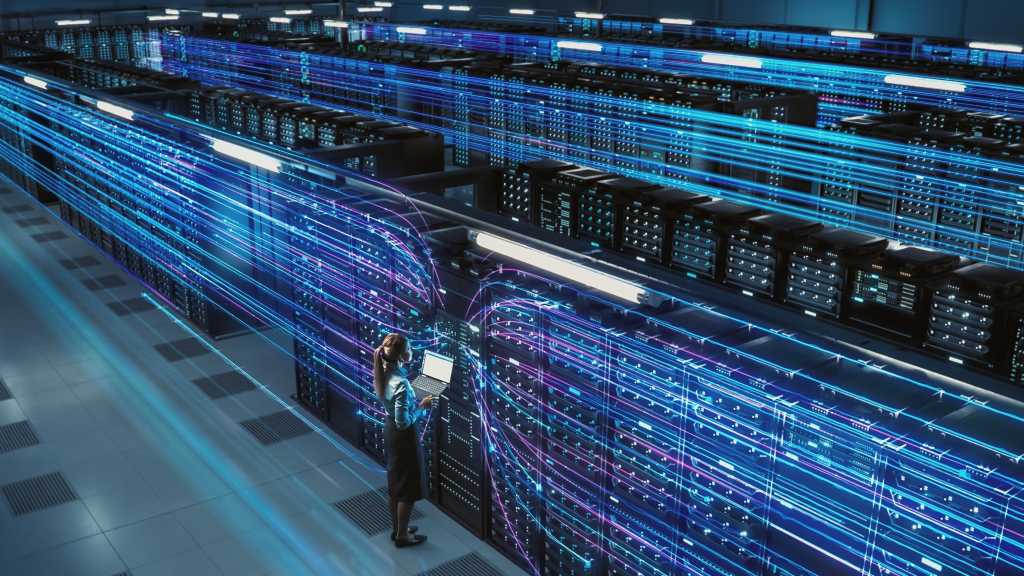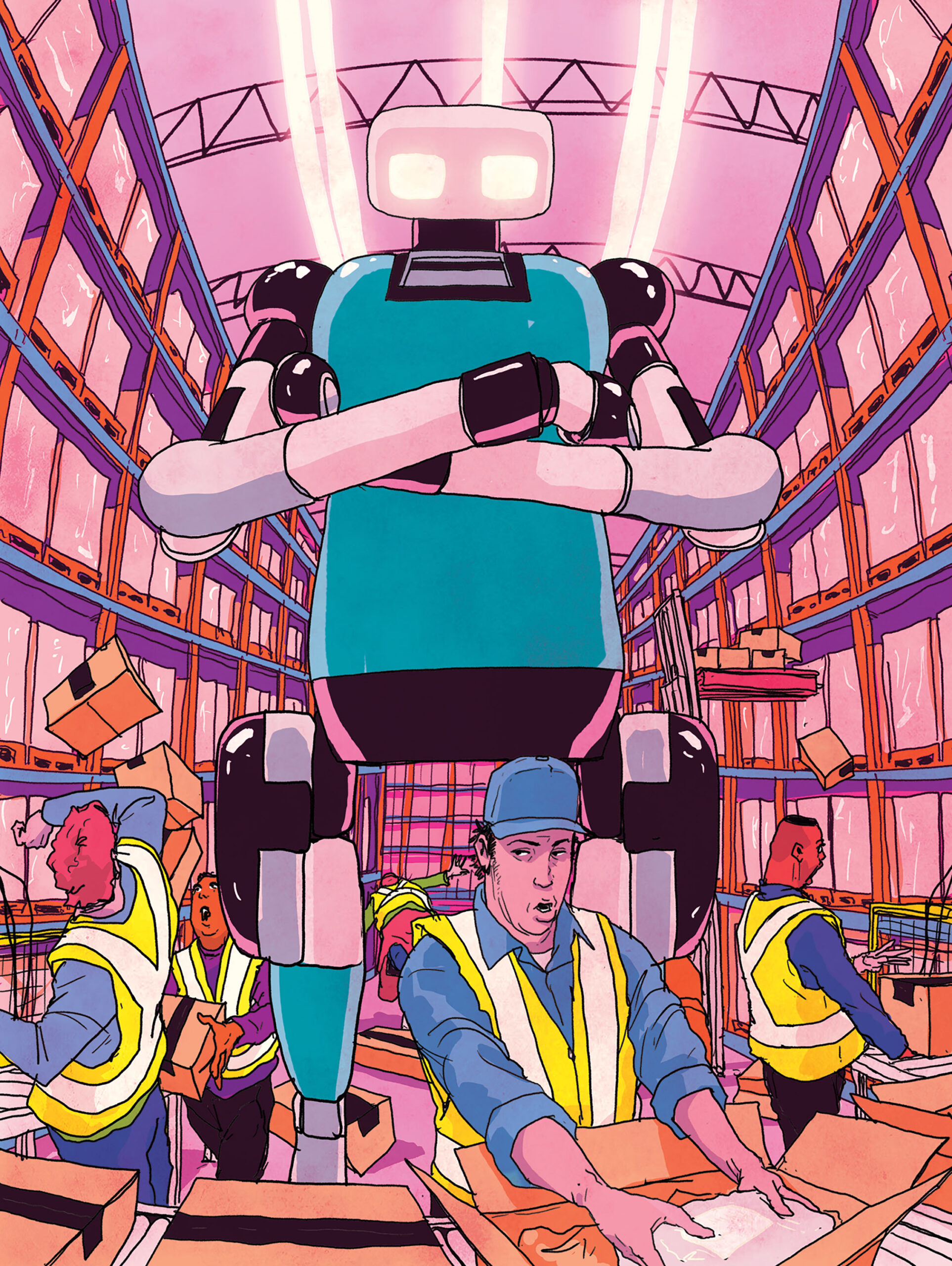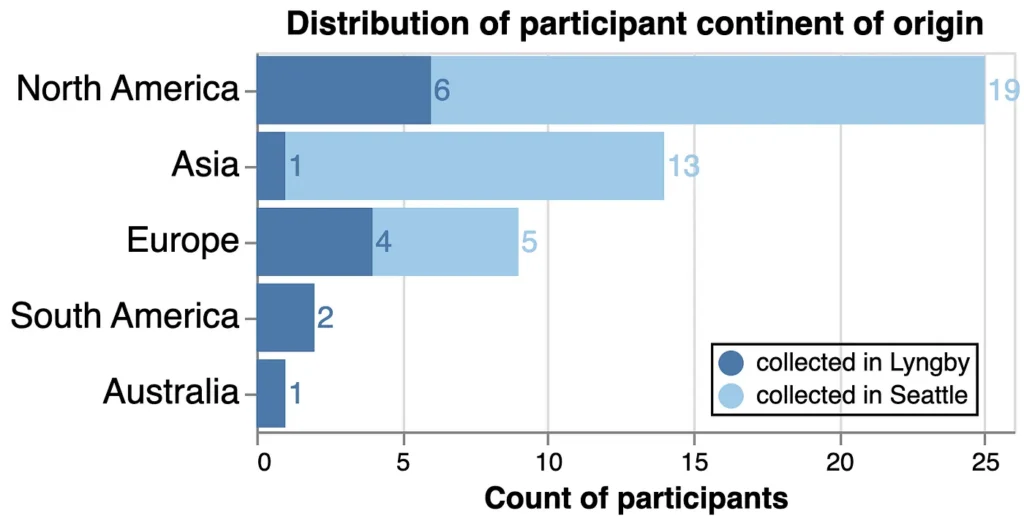
John Wood Group PLC secured a front-end engineering design (FEED) contract for the Zeevonk hydrogen facility in Rotterdam, Netherlands. Wood said in a media release that the facility will be powered by offshore wind and floating offshore solar from the Zeevonk offshore developments.
The Zeevonk project, a joint venture between Vattenfall and Copenhagen Infrastructure Partners (CIP), aims to contribute to both Vattenfall’s net-zero targets and Europe’s broader 2050 net-zero emissions goal, Wood said. CIP’s involvement is through its Energy Transition Fund (CI ETF I).
Wood said the facility will be designed to handle substantial peak demand and, upon completion, the hydrogen produced will be piped to the Hydrogen Network Rotterdam, a developing Dutch hydrogen infrastructure hub located in the Port of Rotterdam, a key European energy hub.
“We are thrilled to deliver this next phase of the state-of-the-art energy system at Zeevonk, applying our extensive expertise in large-scale green hydrogen projects, which are crucial to the world’s energy transition”, Gerry Traynor, President of Projects Eastern Hemisphere at Wood, said.
“Wood is delivering a design that maximizes value engineering and applies our operability knowledge, ensuring a reliable and cost-effective solution”, Traynor added.
“The awarding of our FEED represents a significant milestone for our large-scale hydrogen plant planned in the Maasvlakte area. Over the next 10 months, the FEED will provide detailed cost estimates and lay the groundwork for our upcoming EPC tender process, expected in Q2 this year”, Claus Vissing-Jørgensen, Project Director at Zeevonk, said.
Wood noted that this is its third transformative project with COP. It was previously selected as the owner’s engineer for CIP’s Coalburn Storage project in Scotland, set to become Europe’s largest battery storage unit. Wood also secured an engineering services job for CIP’s Catalina green hydrogen project in Spain.
To contact the author, email [email protected]
What do you think? We’d love to hear from you, join the conversation on the
Rigzone Energy Network.
The Rigzone Energy Network is a new social experience created for you and all energy professionals to Speak Up about our industry, share knowledge, connect with peers and industry insiders and engage in a professional community that will empower your career in energy.
MORE FROM THIS AUTHOR









